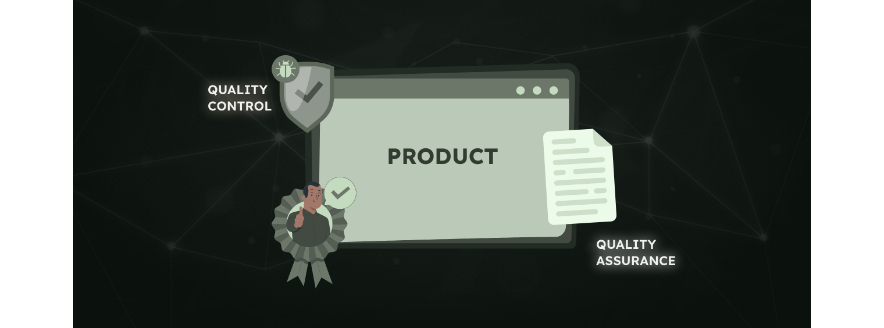Staff Augmentation Vs. Outsourcing: The Best Fit For Your Business

While navigating the complex landscape of talent acquisition, businesses often encounter two prevalent models: Staff Augmentation and IT Outsourcing. While these terms are frequently used interchangeably, understanding their distinctions is crucial to making informed decisions that align with your company’s needs.
Understanding Staff Augmentation and IT Outsourcing
To demystify the concepts, let’s start with some definitions.
Staff Augmentation is a strategy used by companies to bring in external talent to temporarily boost their in-house teams. For instance, a tech startup might hire additional software developers to ensure a critical project is delivered on time. This model allows the company to maintain control over the project, with the temporary staff integrating directly into the existing teams.
On the other hand, IT Outsourcing involves delegating entire functions or processes to a third-party vendor, often located in another country. For example, a U.S.-based company might outsource its IT support services to a tech team in Africa. Unlike staff augmentation, the outsourced vendor manages the project independently, using their own methods and processes.
Despite their similarities, the key difference lies in the level of control and accountability retained by the hiring company. With staff augmentation, the business retains direct oversight, whereas, with outsourcing, the vendor assumes full responsibility for project execution.
Before deciding between these two models, it’s important to weigh the advantages and disadvantages of each.



Staff Augmentation vs. Outsourcing: Making the Right Choice
Now that you understand the differences between staff augmentation and outsourcing, let’s explore when each model is most appropriate.
Choose Staff Augmentation if:
- You need temporary, on-demand talent for short-term projects.
- You aim to reduce hiring and infrastructure costs without committing to full-time contracts.
- Your project requires specialized skills that your current team lacks.
- You need the flexibility to scale your team quickly without long-term commitments.
Opt for Outsourcing if:
- You need to complete projects swiftly with expert support.
- You require access to project-based talent from large, global talent pools.
- You face budget constraints but need extensive project work completed.
- You want to handle non-core tasks without diverting in-house resources.
In Summary
Both staff augmentation and outsourcing are powerful tools for addressing gaps in your in-house talent or skills. The choice between them depends on your specific needs, project requirements, and long-term goals. By carefully considering the pros and cons of each model, you can make an informed decision that best supports your business’s success.



LEAVE A COMMENT